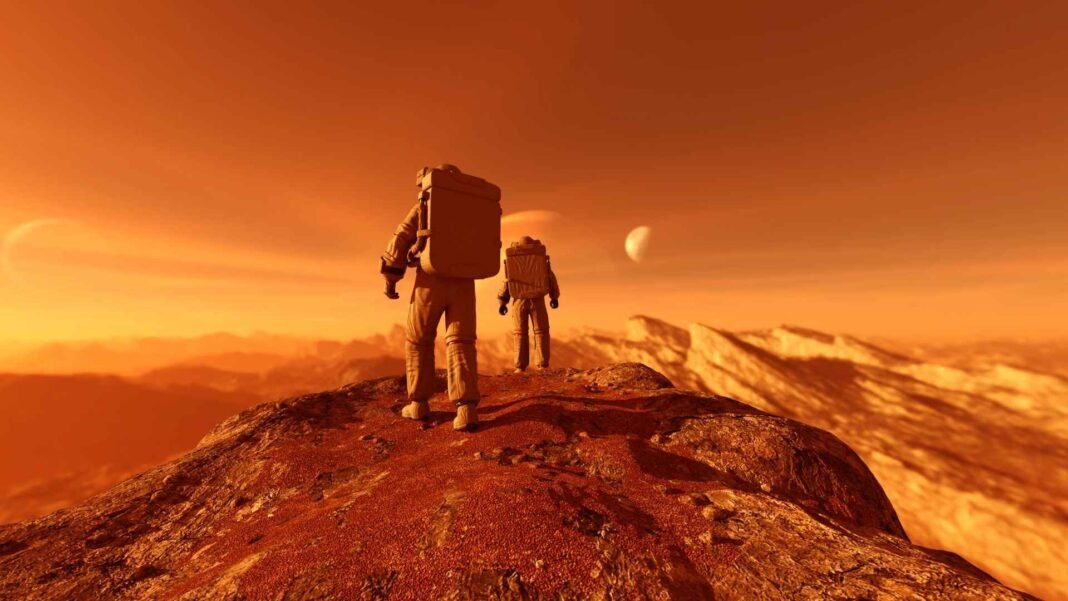NASA has announced yet another delay in the return of astronauts stranded aboard the International Space Station (ISS). This decision has raised significant concerns regarding the safety and well-being of the crew members, who have been living in space longer than initially planned.
Background on the Mission
The astronauts, part of NASA’s Expedition 69 mission, were originally scheduled to return to Earth aboard a SpaceX Crew Dragon spacecraft. However, several technical issues and adverse weather conditions have pushed back their return date multiple times. The crew consists of NASA astronauts Frank Rubio, Josh Cassada, and ESA astronaut Andreas Mogensen, who have been conducting important scientific research during their extended stay in orbit.
Reasons for the Delay
NASA cited several factors contributing to the latest delay. The primary reason is ongoing issues with the Crew Dragon spacecraft’s systems. Engineers are diligently working to resolve these problems to ensure a safe return for the astronauts. Additionally, unfavorable weather conditions at potential landing sites have further complicated the timeline.
NASA has emphasized its commitment to safety, stating that it will not rush the return process. The agency prioritizes thorough checks and assessments to guarantee that all systems are functioning correctly before the crew makes their journey back to Earth.
Current Status of the Astronauts
Currently, the astronauts continue to perform their duties aboard the ISS. They are involved in various scientific experiments and maintenance tasks that contribute to our understanding of space and its effects on the human body. The extended stay allows them to gather more data, which could be beneficial for future missions.
The crew has maintained a positive outlook despite the delays. They continue to communicate with mission control and participate in regular check-ins. NASA has provided psychological support and resources to help them cope with the extended duration away from home.
Safety Measures Implemented by NASA
In light of these delays, NASA is taking several critical measures to ensure the safety of astronauts currently stranded aboard the ISS:
Comprehensive Health Monitoring
NASA is closely monitoring the health of the astronauts during their extended stay in space. Each crew member undergoes regular health assessments, which include:
- Medical Training: Astronauts receive training on how to respond to medical emergencies that may arise during their mission. This training equips them with the skills needed to handle various health issues independently.
- Ultrasound Scans: Crew members perform ultrasound scans on each other to monitor organ health and detect any potential issues early.
- Laboratory Testing: If an astronaut falls ill, onboard equipment allows for laboratory testing to diagnose and guide treatment effectively.
Environmental Control and Life Support Systems (ECLSS)
The ECLSS is crucial for sustaining life aboard the ISS. NASA is ensuring that these systems operate effectively by:
- Air Quality Monitoring: Continuous monitoring of air quality ensures that the atmosphere remains safe to breathe, with systems in place to manage carbon dioxide levels and provide adequate oxygen.
- Temperature Control: The agency is addressing challenges related to temperature control within the spacecraft, ensuring that astronauts remain comfortable and safe from extreme temperature fluctuations.
Psychological Support
Extended missions can be mentally challenging for astronauts. To combat potential psychological stress, NASA provides:
- Regular Communication: Astronauts maintain contact with mission control and their families, which helps alleviate feelings of isolation.
- Psychological Resources: NASA offers access to psychological support services, allowing astronauts to discuss any concerns or stressors they may be experiencing during their prolonged stay.
Technical Preparations for Safe Return
NASA is prioritizing safety over speed in preparing for the astronauts’ return. This includes:
- Spacecraft Readiness: Engineers are working on a new SpaceX Crew Dragon capsule that will be used for the return mission. This involves meticulous checks and testing of all systems to ensure reliability before launch.
- Handover Procedures: A handover period will occur when a new crew arrives at the ISS. This allows current astronauts to brief incoming crew members about station operations, ensuring a smooth transition and continued safety on board.
Addressing Radiation Exposure
Space radiation poses a significant risk during long-duration space missions. NASA is actively working on measures to mitigate this risk:
- Radiation Detectors: Advanced radiation detectors are deployed on the ISS to monitor exposure levels, helping assess risks and implement protective measures when necessary.
- Sheltering Protocols: During periods of increased radiation exposure, astronauts can shelter in better-shielded areas of the ISS or delay extravehicular activities (EVAs) until conditions improve.
Implications for Future Missions
This delay raises questions about future crewed missions to the ISS and beyond. NASA is currently planning several upcoming missions, including Artemis missions aimed at returning humans to the Moon and eventually sending astronauts to Mars. The challenges faced by this current mission highlight the need for robust contingency plans and reliable spacecraft systems.
NASA officials are reviewing protocols and procedures to prevent similar delays in future missions. They are also considering enhancements to spacecraft technology to improve reliability and safety.
The delay in returning astronauts from the ISS underscores the complexities of space travel. While NASA is committed to ensuring a safe return for its crew, it must also address technical challenges and environmental factors that can impact mission timelines. As engineers work on resolving these issues, the astronauts continue their vital work in space, contributing valuable knowledge for future exploration endeavors.
In summary, while delays can be frustrating, they serve as a reminder of the inherent risks associated with space travel and the importance of prioritizing safety above all else. NASA remains dedicated to its mission goals while ensuring that its astronauts return home safely when conditions permit.








